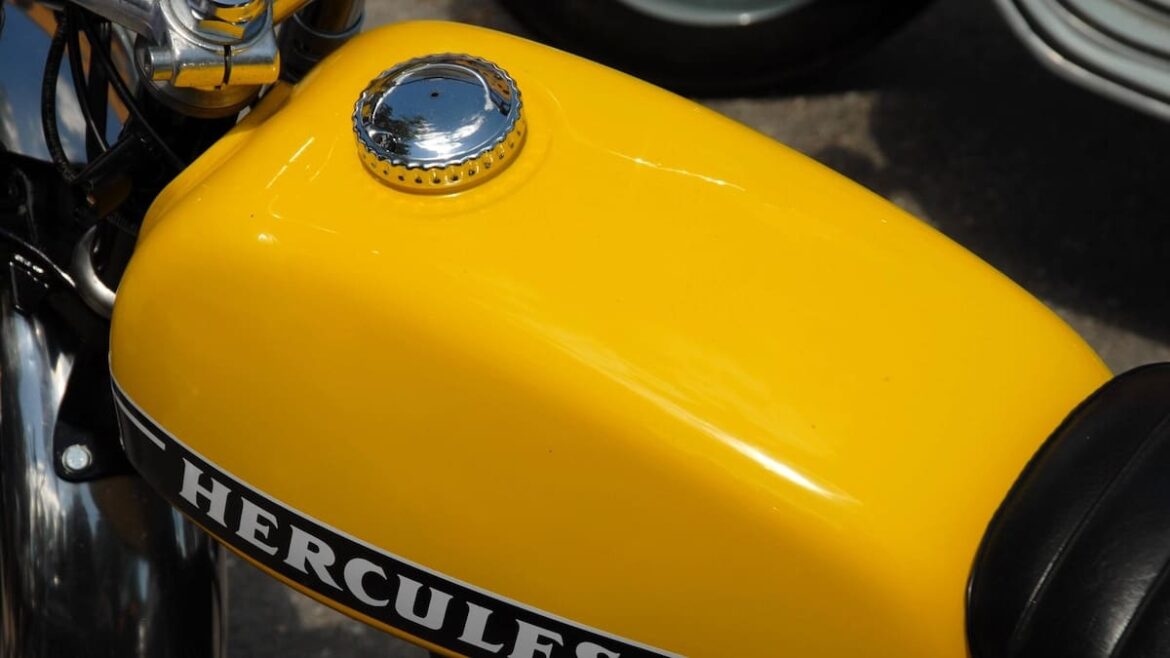1.6K
To seal the tank of your moped properly, you only need a few materials, but also a little patience and sure instinct. Sealing is a must for everyone who wants to enjoy their moped for a long time to come.
Danger of rust: That’s why you should seal your tank
To prevent your moped from rusting when it is parked for long periods of time, you should seal the tank of your moped properly. But before you get started with the coating, you should make a few preparations.
- You will need the following utensils: the one-component or two-component interior tank coating and an old drain plug to close the outlet nozzle from the petrol tank. The excess sealant that collects at the bottom of the petrol tank can then be drained into its original container.
- For a 10-litre tank, which most mopeds and scooters have, a one-component sealer is usually sufficient.
- The sealant should be applied in two coats. Then better protection is guaranteed
- An important tip in advance: Since the coating can always become a bit of a mess, you should lay out as much as possible of newspapers or similar material. It is also a good idea to wrap externally painted or chrome-plated tanks in cling film before the spilling starts.
- Wear disposable gloves and change them on the second pass of the coating.
- Of course, you should also coat the narrow edge of the outlet socket, where the tank cap is screwed on, from the inside. It is worth using a brush to get all the spots.
How to seal your tank properly: a guide
Sealing the tank of your own moped is not witchcraft and – apart from the waiting times – quite quickly done.
- First of all, you should check whether your tank has already started to rust. If so, you can’t avoid removing the tank first and derusting it. If you have a moped with a frame tank, you should really remove all the attachments. You should wear gloves and protective goggles when removing the rust.
- Only when the tank is completely dry after derusting can you apply the paint coat to the inner wall of the tank to seal it. Remember to seal the fuel tap connection beforehand.
- Fill the coating liquid completely into the tank and seal it well with an old fuel cap. After turning for ten to fifteen minutes, the coating should adhere to all inner parts of the tank.
- You can drain the remaining sealer from the tank, preferably into the original container of the paint coating.
- Then wait at least three hours before repeating the process with the excess sealant.
- In the second coating round, pour the remaining sealer into your tank. You must rotate the tank until no more puddles or lakes form. It makes sense during the drying period to turn the tank first to one side, then to the other, after standing for a short time in half-hour cycles.
- Make sure that the room temperature is at least 15 degrees Celsius so that the tank coating can also cure within the next seven to eight days. To do this, leave the tank open to dry in a dry, well-ventilated room. At lower temperatures, the curing may take twice as long.
